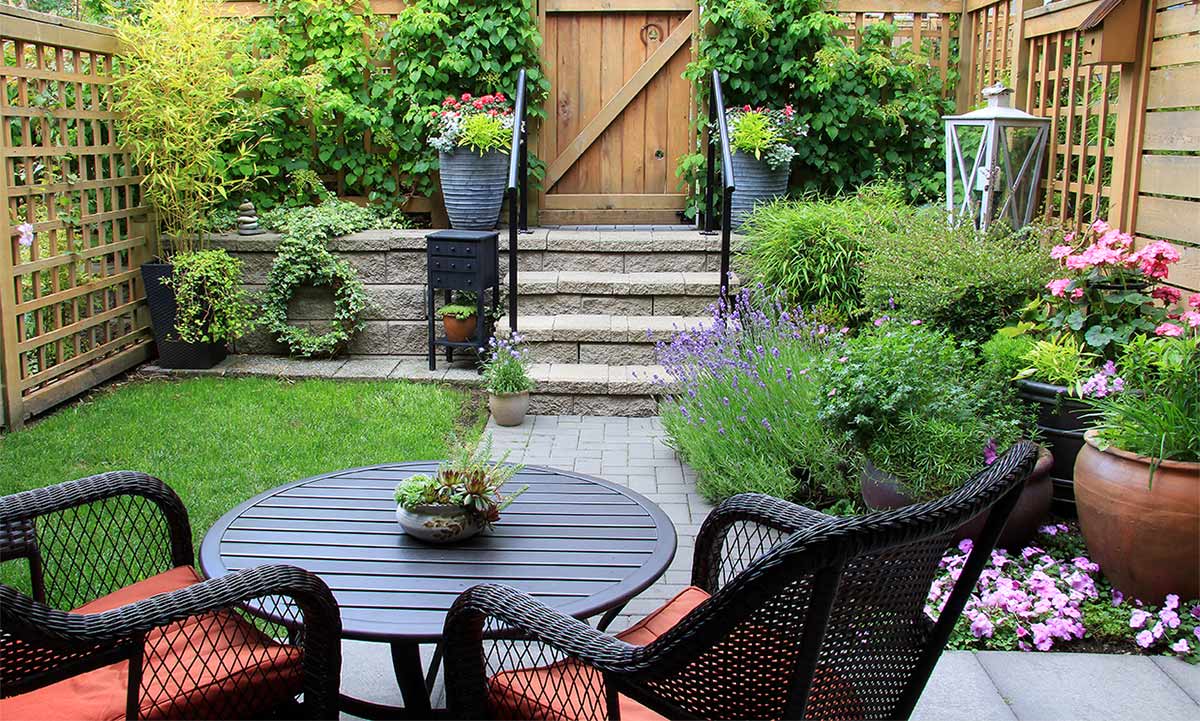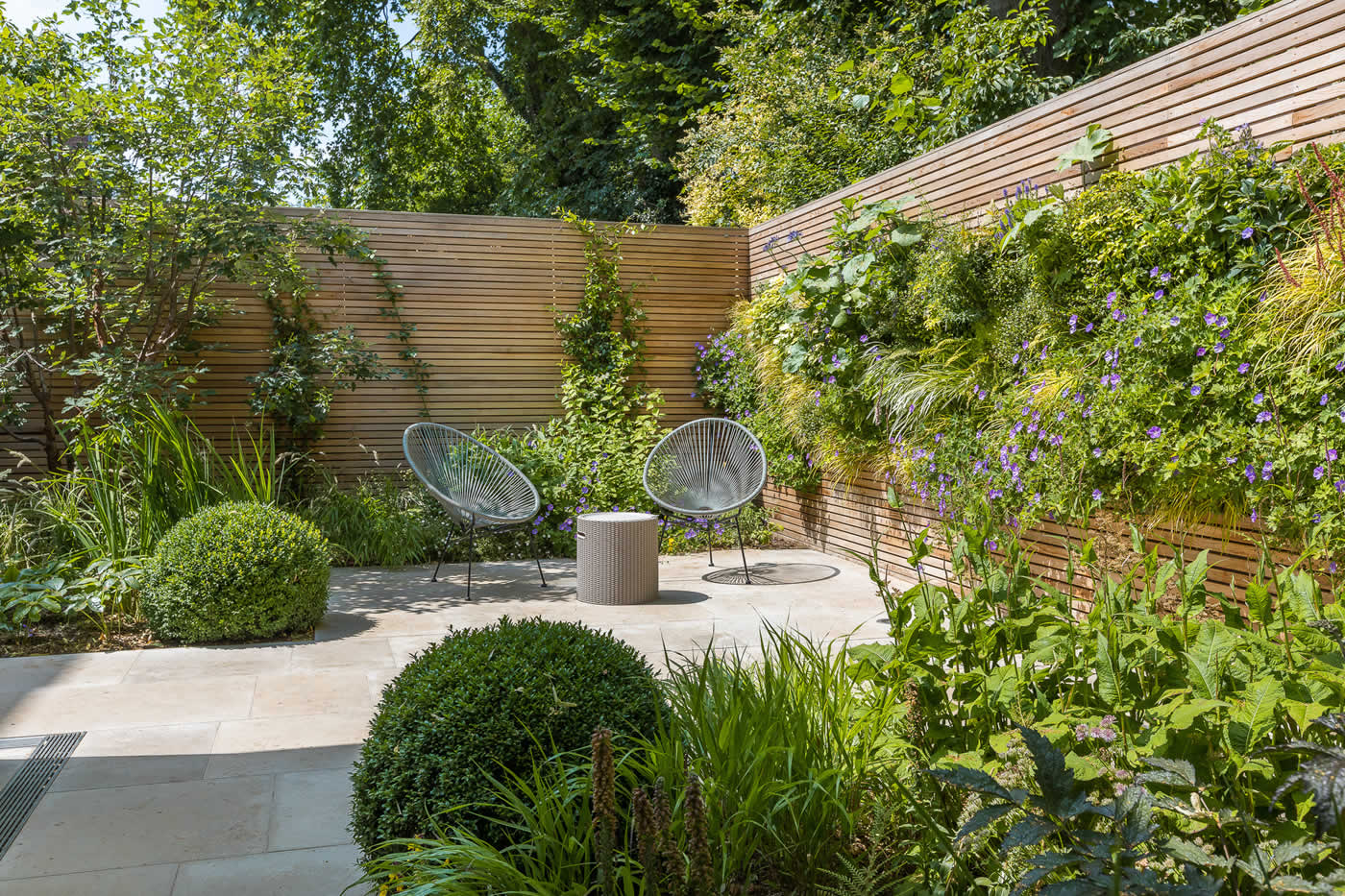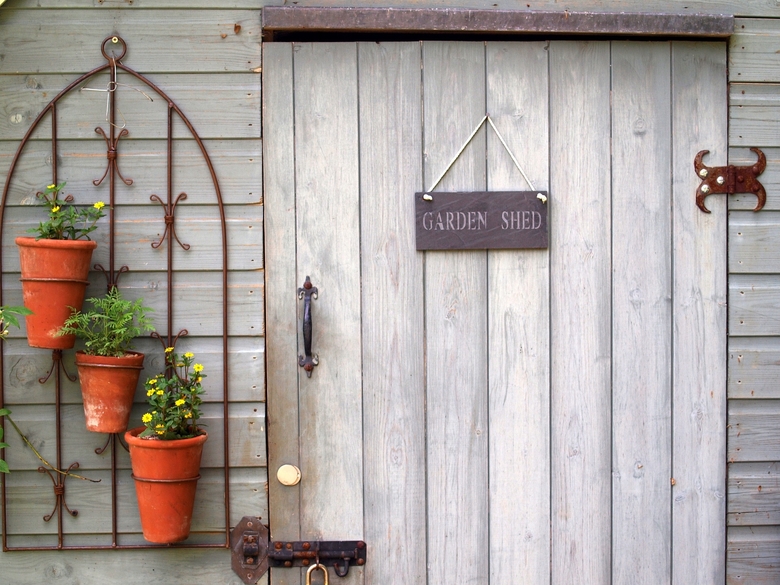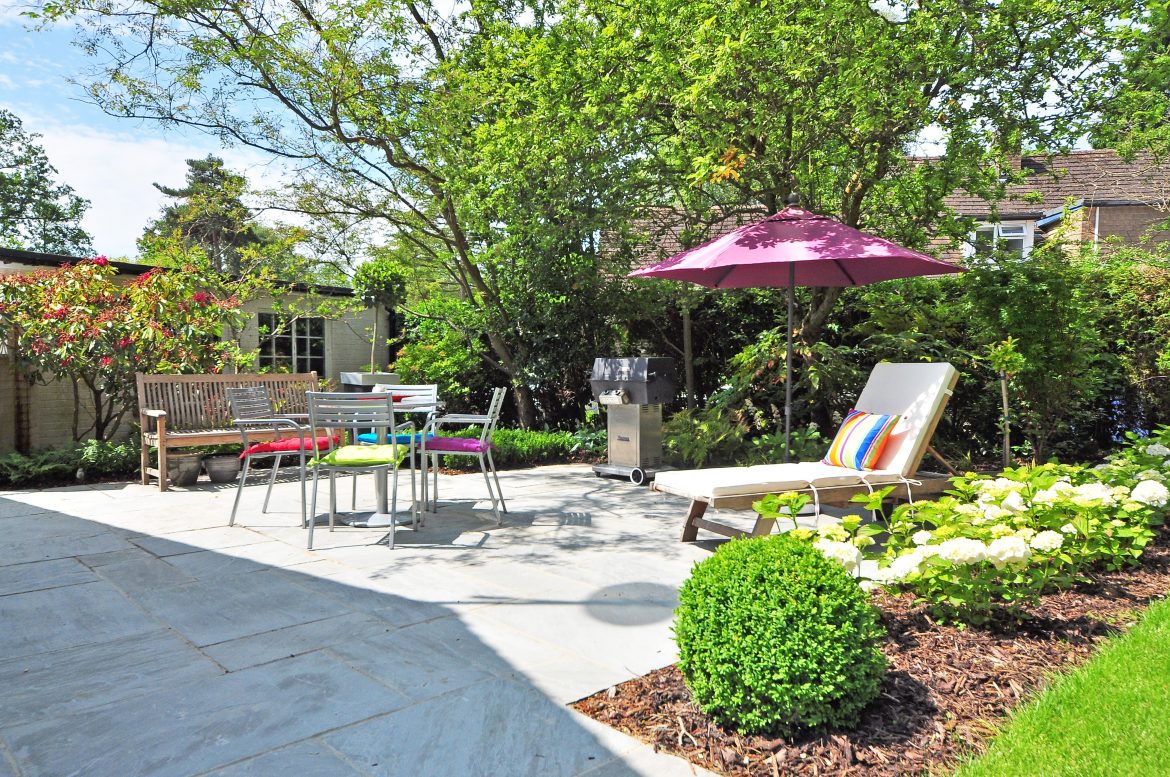I’ve consistently thought the most productive gardens are those which make people happy and comfortable. They have to feel good, too, although sure gardens look good. The gardens I admire most are relaxing, spacious to move within, and not too hard to maintain. Paths and structures must be easy to navigate, as the plants selected needs to provide interest and provides a relaxing atmosphere. Being a landscape architect, I tackle these issues of relaxation and usefulness every day. Below would be 5 Garden Design to use your Garden Space Effectively that assists in build my garden very efficiently so that I can use every single space of my garden precisely.
1. Give a wide Space
Make sure your paths are spacious enough for the comfortable passage. Nobody enjoys squeezing through narrow spaces, indoors or outside. Main thoroughfares need to be wide enough to get at least two people to walk side by side. For paths, the width should be at least 3 feet. Keep in mind that the bigger the plantings or structures which flank your walkway. Tall bounds produce any space feel restricted.
 2. Watch your step carefully
2. Watch your step carefully
Outdoor steps and stairways should ascend softly; differently, they have been accountable to seem daunting. Steps with a rise of 6 inches or less are the most comfortable. The height of each step plus twice the rise (or height) should equal 26 inches. So, steps with a 6-inch lift would require a run of 14 inches. If your garden stairways include more than 10 steps, consider landings after every fourth or fifth step to ease progress. Footing should be as massive as the staircase are wide. A generous landing is an absolute prerequisite where a stairway varies management.
Be certain that any paving provides secure footing. Glossy surfaces or loosely set. Paving materials like polished granite or smooth outdoor tile may not provide you enough traction in rainy and chilly climates. Gravel walkways are fine–only use un-sifted gravel. Un-sifted gravel comprises various-size aggregates that compact firmly and provide a good footing, whereas sifted gravel is made up of similar-size aggregates, which usually do not compact well and stay loose underfoot. Whatever your paving material, make sure your molded surfaces are slightly sloped to keep water from pooling onto them.
3. Sitting space in the garden
When planning the garden, if you are considering owning a desk, consider the distance and allow room for every single person to have the ability to sit and pull out their seat. And keep in mind, you will also have a place to walk around the table with everyone else seated. It uses up more distance than you might think!
 Decks and patios are all distances for entertaining. Arrange for room enough to accommodate mingling room table and dining room. Consider the number of guests you are very most likely to sponsor regularly after which intend at least 6-square feet of space each man. Outside dining means outdoor furniture, thus attempt to make a 3-foot-wide perimeter of available space around any furniture group to permit comfortable flow.
Decks and patios are all distances for entertaining. Arrange for room enough to accommodate mingling room table and dining room. Consider the number of guests you are very most likely to sponsor regularly after which intend at least 6-square feet of space each man. Outside dining means outdoor furniture, thus attempt to make a 3-foot-wide perimeter of available space around any furniture group to permit comfortable flow.
 4. Sheds above you head
4. Sheds above you head
Leave loads of headroom under archways, arbors, and pergolas. I consider 7-feet to be minimum if I understand there’ll be plants climbing over the arrangement, and I usually add at least another 18 inches. It might seem high; however, metal buildings or sheds tend to look smaller than they would if they’re indoors. Plus, it’s better to be safe than sorry and to prevent butting heads using a climbing rose or wisteria. Posts for arches and pergolas should put at a few inches outside the paths which run through these to allow sufficient elbow space.
5. Plan for Planting and Growth
The best designs start with structural plants infilled with pretty, flowering plants. So, use evergreen shrubs at the end of each border and as for punctuation along the way. Include small shrubs such as box balls, or large evergreens, for example, mahonia, for bigger areas. Once you have this frame, fill the gaps with pretty flowering plants. Try to stick to just five or six different types and arrange them in repeated patterns for a coordinated and harmonious effect.
